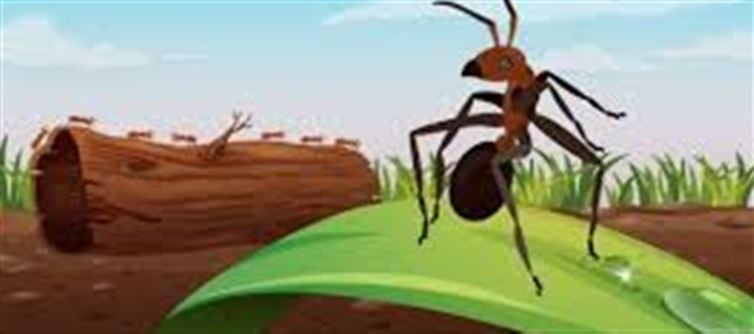
Ants can appear to walk like "zombies" due to parasitic fungi from the Ophiocordyceps genus, notably Ophiocordyceps unilateralis. This fungus infects ants, manipulating their behavior to benefit its own reproduction. The fungus releases specific chemicals that affect the ant's nervous system, causing it to leave its colony, climb vegetation, and bite down on a leaf or twig, anchoring itself in place. This "death grip" ensures the ant remains fixed, allowing the fungus to grow and release spores to infect other ants.
The chemicals responsible for this manipulation include sphingosine and guanidinobutyric acid (GBA), which are known to influence neurological functions. Additionally, hypoxanthine has been identified at high concentrations in infected ants, potentially affecting neural tissues and contributing to the altered behavior. These compounds are secreted by the fungus as it spreads through the ant's body, particularly targeting the central nervous system and muscles to induce the characteristic behaviors.
The fungus's lifecycle involves the ant's death, after which the fungus continues to grow, producing fruiting bodies that emerge from the ant's head. These structures release spores, which fall to the forest floor, where they can be encountered by other ants. This cycle ensures the spread of the fungus to new hosts, perpetuating its life cycle.
While the term "zombie ant" is popularized in media, it accurately reflects the parasitic control exerted by Ophiocordyceps fungi over their ant hosts. This phenomenon showcases the complex interactions between parasites and hosts in nature, highlighting the intricate ways in which organisms can influence each other's behavior for survival and reproduction.




 click and follow Indiaherald WhatsApp channel
click and follow Indiaherald WhatsApp channel